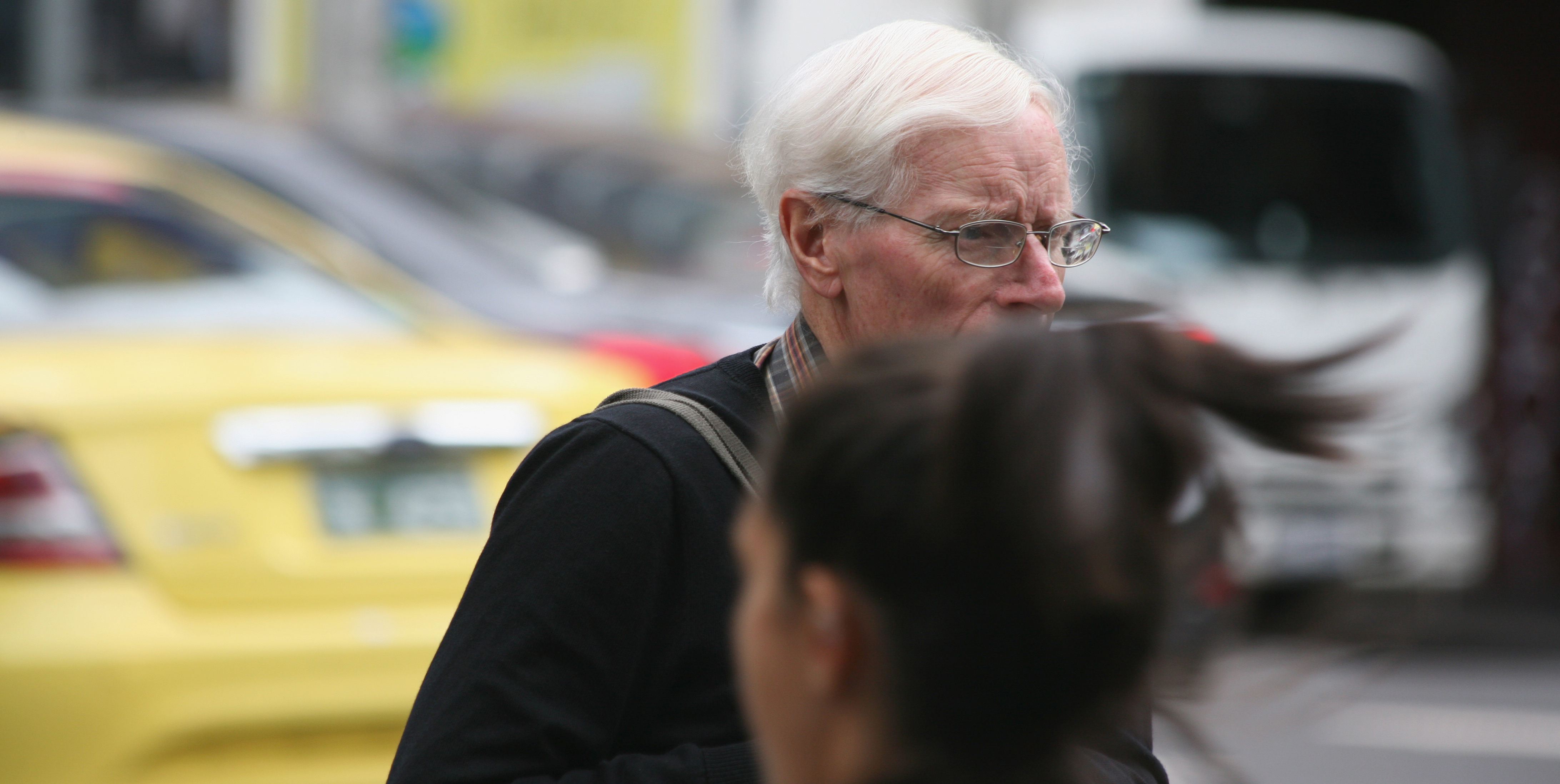
The meaning of retire is ‘to withdraw, to recede’. Look it up.
In 2018 in contemporary Australia, it’s not only the opposite of what people approaching their sixties are planning, it’s borderline offensive.
If you ask a 60-year-old to define what they want from the next stage of their lives, the answer won’t be to go quietly, to crabwalk into the shadows. You’ll get a list of interests and pursuits that outdoes many people in their 20s. Expect words like: explore, socialise, make, travel, study, hike, dance. And work.
It makes good sense. Australians approaching their 60s and 70s are likely mentally and physically strong, they have the financial means and resources to achieve their goals and they’ve been planning this for quite some time.
If you ask them if they intend to stop working, you’ll more than likely get a ‘no, not if I can help it’.
According to the MLC Australian wealth behaviour survey, almost 6 in 10 Australians think they won’t have enough money to retire on. Only 5% felt they would have “more than enough” to comfortably retire. So, financial security is a factor, driving decision making for older people. But so is purpose. Perhaps also, ritual – the enjoyment of exercising one’s purpose regularly and seeing the fruits of one’s labour take shape.
Where have you been?
While older Australians have been increasingly extending the pursuits of ‘youth’ throughout their various life stages, the retirement living industry appears to have lost its way. By pursuing a mission of building congregate homes for the elderly and rushing to broker agreements with in-home care providers, the industry has been blind to the opportunity represented by the generation now looking at their property options.
There is absolutely a place for villages co-located with residential or in-home aged care services. There are people who seek and need that confidence and support. But those who don’t, run from it.
Our studies on the challenges and passions of older Australians reveal how this approach emphasises frustrations such as being locked out of contemporary experiences on-offer to the generations below them. And the persistent stereotype of disablement and sedentary life. Therefore, at the very time governments are incentivising older Australians to get out and participate in community life, it feels like providers are telling them to step back and go quietly into the sunset.
Social isolation is a major issue in Australia (19% of Victorians aged 60+ according to the ‘Ageing is everyone’s business‘ report from the Commissioner for Senior Victorians). How can the industry address that issue via positive social impact?
Our research from a Victorian population study of people over 55 years of age tells us:
- 33% of people are currently looking for employment
- 74% find seek a one stop shop for services – online or offline
- The most common services sought are travel, financial services, health care and government
- Almost all participants want to remain connected to other people – social isolation is a concern
- 53% seek learning and knowledge experiences to keep mentally active and meet like-minded people
- People are wary, they are seeking trustworthy, unbiased advice
- There is fear of being branded ‘old’ with the stigma that it attracts; it is a key decision making factor when considering experiences and services
Villages of the future.
What is the vision for retirement villages of the future?
- Contemporary co-working spaces with great technology, smart design and linked to other villages and networks.
- Collaborative economies, connecting residents across villages so they can share, trade and provide services to one another, and the broader community. People like to buy from others who understand their lifestage – personally, I want financial advice from someone with knowledge, skills and a lifetime’s experience.
- Group buying power in larger, multi-site companies to get better deals for residents on travel, financial services, education, financial services and healthcare.
- Digital gateways to service providers who demonstrate innovation in addressing the needs of older Australians.
And, just maybe, a quick death to the word retirement. We don’t need an alternative. Let’s just call it living well with others who want to share the journey.
28% of the Australian population is over 55 years old. That’s 6.7 million people. A huge, diverse market of people seeking a rewarding experience until, sometime late in their 70s or 80s, health and care will mean a slower life. At last count we could find, there are about 184,000 people living in villages across Australia. A fraction of the older market.
A 2018 PwC study states the average age of new residents is 75, while the average age of current residents is 81. Only 2% of current residents are younger than 70 years of age. 62% of all residents are female. That all makes sense when you consider the value proposition of most retirement villages.
There is an unmet opportunity to connect with people who are experiencing a new relationship with the workforce, by choice or market forces. People who want community but have no interest in slowing the pursuits and passions of a lifetime.
People who don’t ‘retire’.

